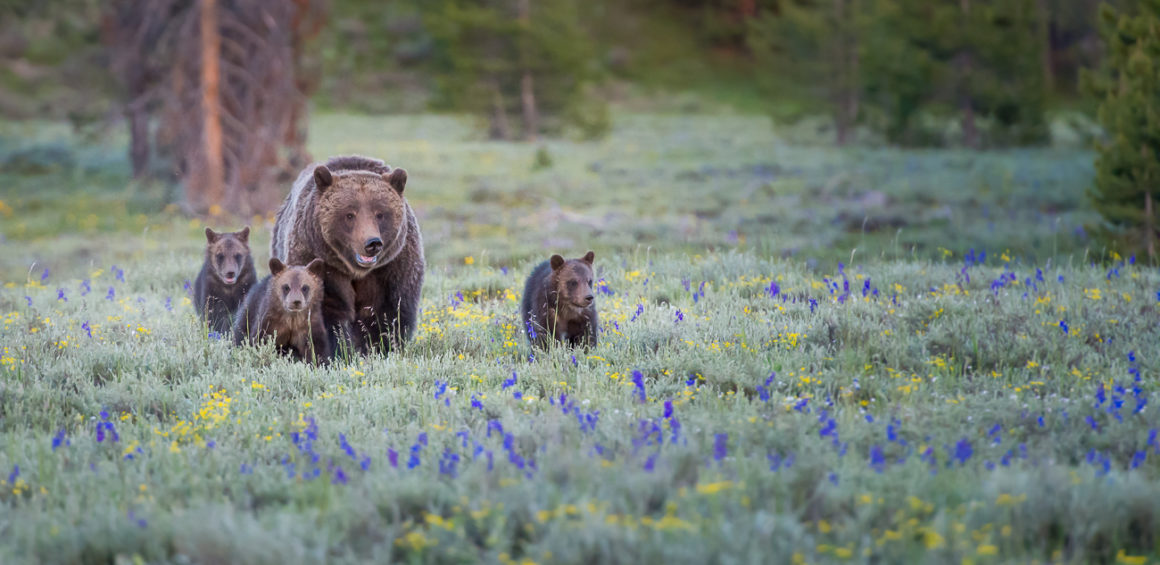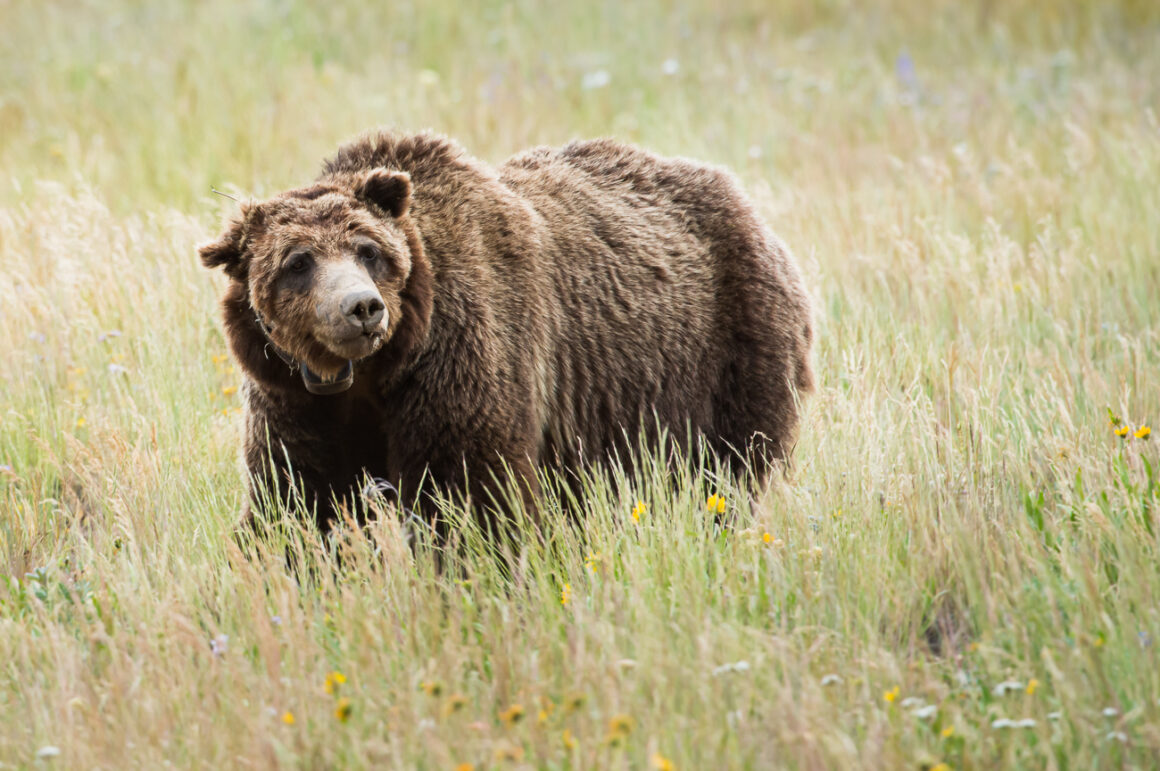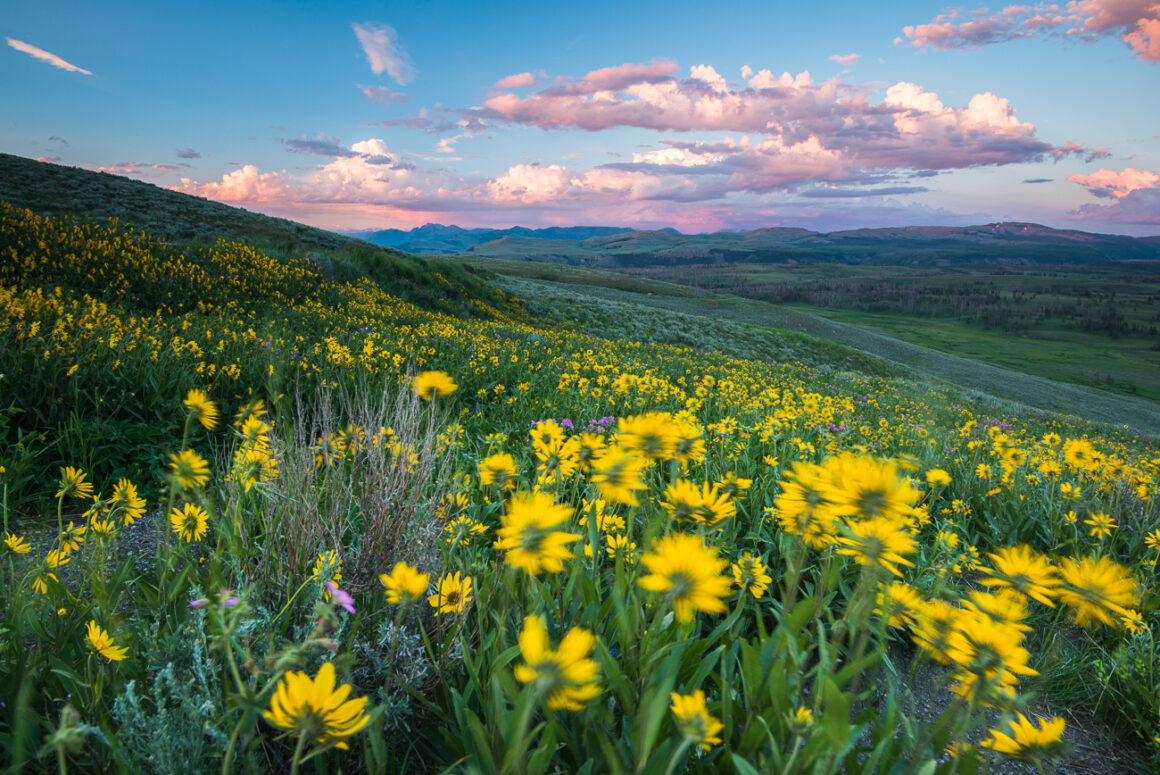
Breaking news: grizzly bear 399 – one of the most iconic grizzlies of all time – has been hit and killed by a car outside of Jackson, Wyoming.
What does this have to do with Nature Labs? Quite a bit actually.
As many of you know, Nature Labs uses five different stories – your Inquiry Media – to link classroom lessons to real-world issues, all using the nature metaphor that allows us to bridge diverse politics and experiences.

In one of these stories, we ask the question: are we loving nature to death? Starting with the death of Mount Robson’s most iconic grizzly, Chocolate, we link out to other stories and places – including that of 399 and the Greater Yellowstone Ecosystem in the US – to explore whether iconic charismatic megafauna matter most to the ecology of the places where they live, or if they matter mostly as political ambassadors for their species and the places they call home. We also ask whether this question matters at all. We investigate how answering this question requires understanding the history of settlement, the role of parks in our society, issues of justice and regional alienation, ever-changing economics, and ongoing societal division so often centred around a culture war that loves a good celebrity…even a bear celebrity.
And now 399, like Chocolate, is dead, killed by a car in a region exploding with visitors and residents who seek to see and live and economically benefit from a bear like 399. The news offers a new chance to ask the same questions. Did we all – even those who loved her – contribute to the circumstances that led to her death? Or is her death not in vain, given the legacy she’s created – in cubs raised, sure, but also in the millions she inspired to co-exist with carnivores, like grizzlies, and care about nature more broadly?
In a separate Inquiry Media story, we look at whether one individual, like 399, matters, and how that question not only divides scientists, but is, in many ways, at the heart of the urban-rural divide. It’s a question of ethics, and what we, as a society, value when we make hard decisions. And the death of 399 brings many of these questions to the forefront too:
Is the death of one (old) grizzly bear – and potentially her now-orphaned cub – really that consequential in an area with a booming grizzly population that is already ready considering a hunt to limit numbers? Or was 399 critically important as a (still) breeding female to a population that lacks a genetic link to the larger grizzly population, potentially threatening the genetic diversity of her species, and its role within, the ecosystem that she called home?
None of these questions are easy, and it’s why asking them – and debating the answers in a way that invites conversation – is imperative. Even if you never saw 399. Even if you never heard of her before today.

Interestingly, we started Nature Labs because of bears like Chocolate, 399 and two other iconic grizzlies in Yellowstone, Blaze and Scarface – all bears that didn’t die of natural causes. With each of these bears, we had the opportunity to track them, observe them and film them. And, possibly it’s true, contribute to their demise. These famous bears allowed us to learn and see how questions about their survival were – and still are– really metaphors for the bigger questions we face as a society. 399, in so many ways, planted the seed for Nature Labs.
And now she’s gone. And now, in addition to all of the questions 399’s death raises and all of the conservations it will inform, both inside and outside of Nature Labs, there is one bigger question we must consider:
The world is gathering in Cali, Colombia, this week to discuss the future of biodiversity – the diversity of life on Earth that sustains the systems that sustain us. Global leaders are working to assess how they’re doing and if they’ve made progress to halt the rapid decline of wildlife worldwide. Broad numbers always matter the most at gatherings like this one, but patterns only emerge with time and negative trends, like a big ship, are hard and slow to turn. Indeed, the best indicators we have, often, are the happenings of indicator species, like grizzlies, at the local level, in biodiversity reservoirs, like the Greater Yellowstone Ecosystem.

Is 399’s death biodiversity’s canary in the coal mine?
Well, the thing about canaries that die in coalmines is that the death is only witnessed by a few, in one location. We only know if one dead canary matters with the help of time and perspective. That is, unless we remember to ask the bigger, better question in the moment.
In this case, like the death of Chocolate, our problem isn’t that 399 died, but that she died despite a structure designed to protect her. If Mount Robson couldn’t save Chocolate and Grand Teton National Park couldn’t save 399, where exactly are we protecting biodiversity? Where is nature thriving? And if we don’t have a good answer to that question, what does that mean?
See? That’s the problem with stories like this one. It might mean nothing. Or it might mean quite a lot. But we won’t know if it matters or not if we ignore the problem – or use this moment to prove a point or start a fight. Love 399 or hate her – love bears or hate bears – we are required to not look away in this moment. We are required to ask ourselves and each other the hard questions. We are required to work together to find the better answers.
For this? No matter where you stand on the questions above, this moment isn’t good enough. We can and must do better.